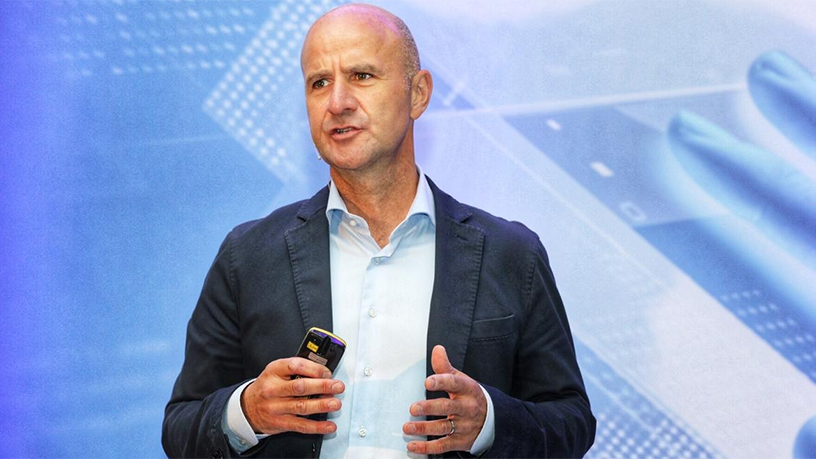Digital transformation is not about transforming the business but rather the services that a business delivers and the processes it uses to do so – and balancing cost, risk and speed is essential to winning in the digital transformation race.
This is according to Chris Livesey, senior VP and GM at pure-play software firm Micro Focus, who presented the company’s approach to digital transformation at the second annual Experience Micro Focus Universe 2019 event hosted in Johannesburg today.
Micro Focus underlines the value of bridging the old and the new. The company focuses on technology that supports four key goals related to digital transformation: speed, agility, security and insight.
There is a huge amount of focus and intensity around digital transformation, he said, referencing research by Gartner which states that 50% of CEOs said their businesses would be digitally transformed by 2020.
“That’s four months away. Good luck with that, if you’re not already there,” he said.
According to Livesey, the enterprise software industry has perpetuated the idea that anything old is bad and must be replaced, while anything new is good.
“The software industry has made an enormous amount of money from conning the world that you need to be doing something new. It has made trillions of dollars in revenue over the last 30 years through this myth that tells you that everything you’re doing that is old equals bad and everything new equals good. That’s what everybody tells you… that’s what the media and analysts say.”
Livesey believes there is value in those years of investment in business process, in data, in the understanding of customer behaviour and customer transactions.
“What we fancifully call AI or machine learning…that’s been there for 30 years, it’s up to you if you want to go and leverage it.”
But why do so many high profile digital transformation projects fail?
Livesey referenced research by Harvard Business, released in March 2018, which puts failure down to, among other reasons, the fact that the transformation is ‘not hard-wired into business strategy and key processes…’ and executives spending too much time on the new, while ignoring the rest.
He said it is important to understand the value of existing infrastructure to the business and how best to extend that value.
One of the reason for failure with digital transformation, he said, is that executives spend too much time thinking about what´s new instead of leveraging what they already built. “They implement too much change too quickly in an unfocused way in a desire to be seen to be doing something new and disruptive.
“The new normal of IT is all about balance. There are two sets of priorities - finding new revenue and new ways of doing business versus getting more from what you already have. Bridging the two is the true challenge of a digital transformation programme.”

